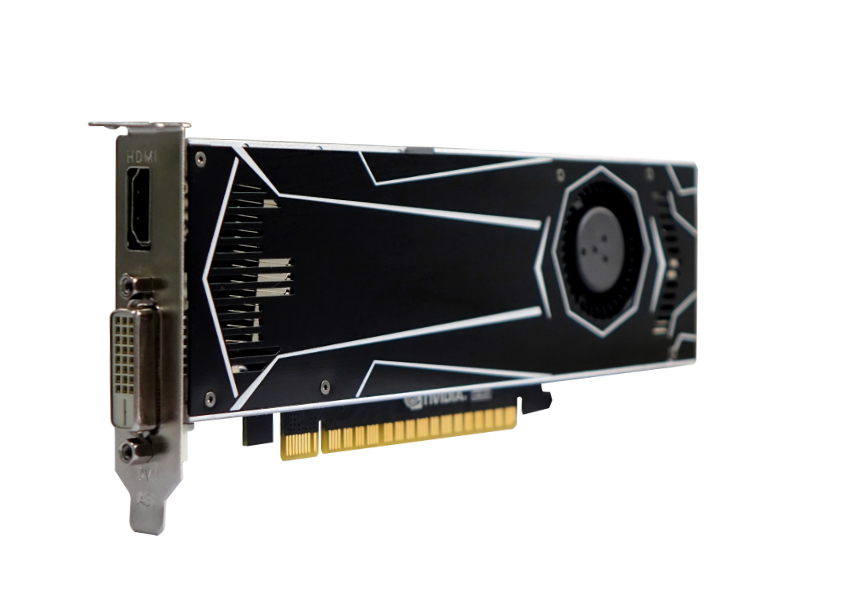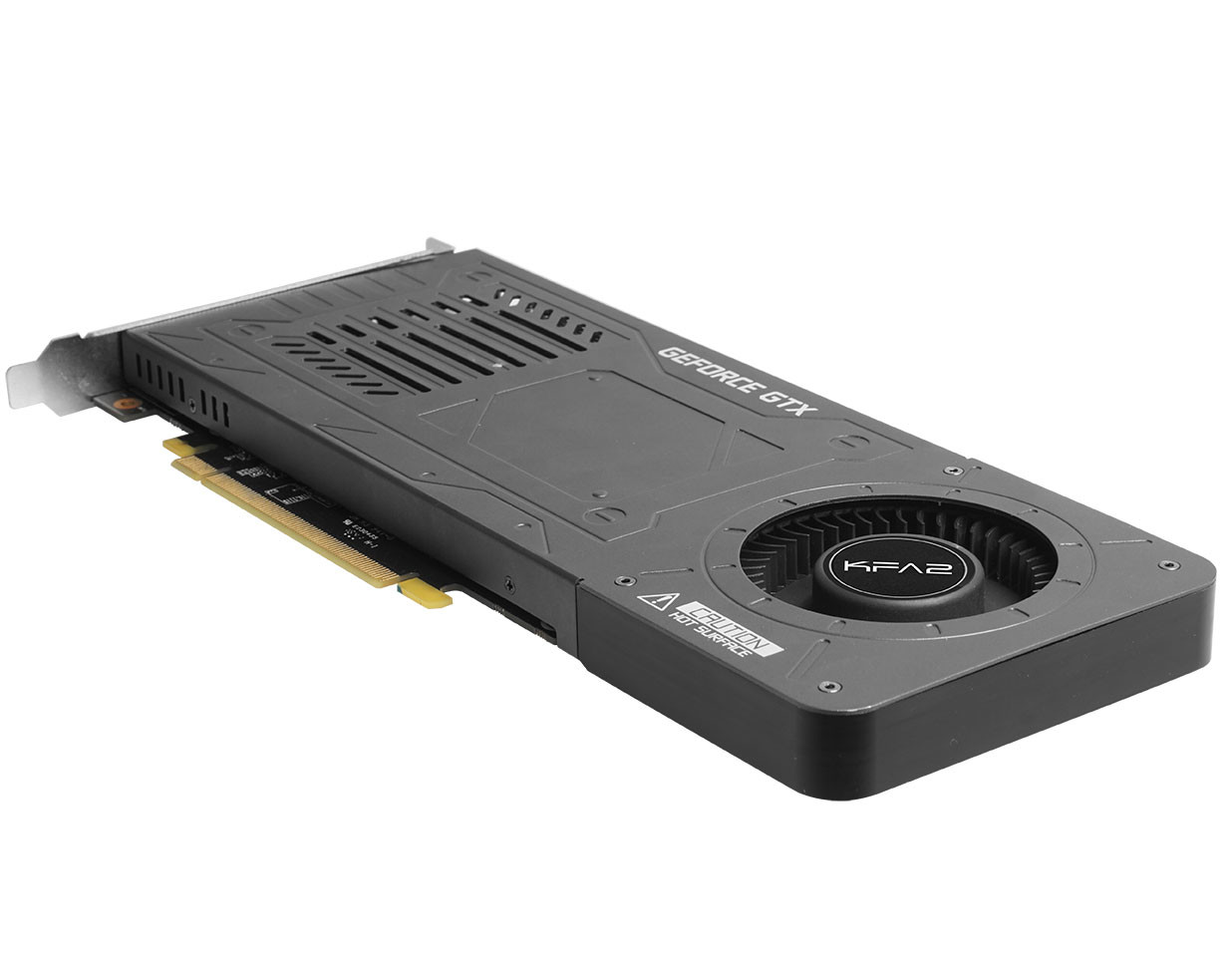Summary :
INNO3D GeForce GTX 1050 Ti 4GB (1-Slot Edition) Graphics Card. Product status: Official Last Update: 2017-05-12. NVIDIA GeForce RTX 3060 Laptop GPU (GA106. NVIDIA Quadro RTX 4000 is a single-slot GPU with a length of 9.5″ long. The outer case is very stylish with a shiny chrome covering and a bright green band across the middle. It is an impressive looking graphics card, be warned, it will attract fingerprints on the chrome surfaces. It seems Nvidia counts the slots bottom up ( or is it that it might be giving precedence to Nvinked cards over non Nvinked ones? So while Windows showed the cards from top to bottom ( slot 1 = GPU 0 and so on) the NVidia Control panel showed the bottom most card as GPU 0 and so on.
Some Nvidia users have reported “graphics card not detected” issue. It could be really annoying since the graphics card is a piece of computer hardware that renders an image to your monitor. Fortunately, MiniTool Solution can help you fix the problem.
Quick Navigation :
The graphics card is one of the most important hardware components on your PC, which is responsible for producing the image you see on the monitor. Unfortunately, some users have reported their Nvidia graphics card fails to be detected on Windows 10.
Here are some possible reasons for this issue:

- Incompatible drivers
- Incorrect BIOS settings
- GPU slot issues
- Hardware issues
If you encounter the problem “Nvidia graphics card not detected”, you can try these solutions one by one.

See also: [5 Fixes] NVIDIA GeForce Experience Error Code 0x0003
Solution 1: Enable the Graphics Card
The problem will occur if your graphics card is disabled in Device Manager. You can enable it with the following steps.
Step 1: Press Win + X and select Device Manager.
Step 2: Double-click Display adapters to expand it.
Step 3: Right-click your graphic card and choose Enable device.
Solution 2: Install the Latest Nvidia Drivers Manually
If you’re sure you have enabled the graphics card but it still cannot be detected on Windows 10, you can try to fix the problem by installing the latest Nvidia drivers.
In the first place, you need to uninstall all current Nvidia drivers.
Step 1: Press Win + I to open Settings, and then click Apps.
Step 2: In Apps & features, locate Nvidia drivers and click Uninstall.
Step 3: Follow the instructions to finish the process.
Then you can download and install Nvidia drivers from the official website of Nvidia.
There are five security vulnerabilities found in Nvidia drivers for Windows. Nvidia urges Windows users to update GeForce, NVS, Quadro and Tesla Drivers now.
Solution 3: Make Sure the Discrete GPU Is Enabled in BIOS
If you have both integrated and discrete graphics, you need to enable the discrete graphics from BIOS, or Windows might not be able to detect it.
Step 1: Restart your computer, and press F2 or Del when your manufacturer’s logo appears to enter BIOS .

Step 2: Go to Chipset > dGPU Configuration, and then set the dGPU feature to Enabled.
Step 3:Save and Exit BIOS.
What are UEFI and BIOS? This article will tell you their differences via UEFI vs BIOS and show you how to convert MBR to GPT to support UEFI mode.
Solution 4: Check Graphics Card Slot
The damaged slot on your motherboard where the graphics card is inserted could also cause this problem.
Step 1: Turn off your computer and open the back cover of your host.
Step 2: Locate the graphics card slots on the motherboard.
1 Slot Nvidia Gpu Graphics Cards
Step 3: Insert the graphics card in another slot and check if it works.
Nvidia Gpu Download Windows 10
Hope these solutions about how to fix “Nvidia graphics card not detected” are useful for you.
Many users encounter slow bootup issue after upgrading to Windows 10. How to fix Windows 10 slow bootup issue? Read this post and find answers here.
If your PC features an NVIDIA based graphics card and is using an NVIDIA display driver, you can identify the model of the GPU (Graphics Processing Unit) in your graphics card by accessing the NVIDIA System Information section of the NVIDIA Control Panel.

1) With your mouse, right-click the Windows desktop and select NVIDIA Control Panel as shown in the image below. This will launch the NVIDIA Control Panel.
2) From within the NVIDIA Control Panel, left-click the System Information link on the bottom left hand corner. This will bring up the System Information panel.
The System Information window resembles the image below. The window is divided into two panels. The left panel lists all of the NVIDIA GPUs currently installed in your PC under Items. In the example below, the notebook is powered by a Quadro 5000M GPU. The right panel lists important details about your GPU including the display driver version currently installed, the amount of video memory onboard, the video BIOS version of your GPU, etc. Scrolling down will reveal the Device ID and Part Number
Please Note:If your graphics card is inside of your PC but no drivers are installed or the drivers are not functioning correctly, you may not be able to access the NVIDIA Control Panel.